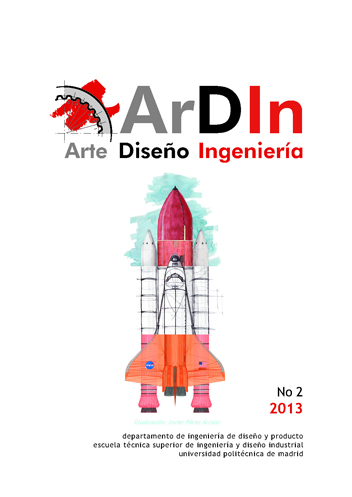Evolución en diseño y tecnología, en las unidades terminales de calefacción = Design and technology design in the terminal units of heating
Keywords:
radiadores, calefacción, diseño eficiente, heaters, heating, efficient designAbstract
Resumen
Desde tiempos romanos se han utilizado calentadores para hacer más confortables los espacios habitados. El hipocausto romano, un tipo de radiador utilizado en la construcción, se encuentra descrito en el siglo XV a.C. Después de la caída del Imperio Romano, la calefacción volvió como chimeneas más primitivas durante casi mil años. El uso de vapor en las máquinas de potencia al comienzo de la Revolución Industrial y los conocimientos adquiridos en el manejo de fluidos fue un avance significativo. Más tarde, el vapor fue sustituido por el agua y el carbón y la madera por gas. El radiador de calefacción que contribuyó de manera significativa a los sistemas de calefacción central moderna fue inventado por Franz San Galli en una forma temprana , entre 1855 y 1857. Joseph Nason y Robert Brigss también diseñaron y produjeron un radiador utilizando tubos de hierro forjado verticales atornillados en una base de fundición de hierro en 1863. El progreso en los últimos años en esta técnica es el responsable de las instalaciones de calefacción y calentadores modernos. Hoy en día, han experimentado una evolución desde simples diseños funcionales sin preocuparse por aspectos estéticos, hasta nuestro tiempo en que se exigen nuevos diseños más estéticos y eficientes.
Abstract
Since Romans times heaters have been used to make more confortable the inhabited spaces. The Roman hypocaust, a type of radiator for building space heating, was described in 15 AD. After the collapse of the Roman Empire, heating reverted to more primitive fireplaces for almost a thousand years. The use of vapour in the power machines at the beginning of the Industrial Revolution and the knowledge gained in the fluid handling was a significant progress. Later on, the vapour was substituted by water, and the coal and wood by gas. The heating radiator that significantly contributed to modern central heating systems was invented by Franz San Galli in an early form, between 1855 and 1857. Joseph Nason and Robert Brigss also designed and produced a radiator using vertical wrought iron tubes screwed into a cast iron base in 1863. The progress during the last years in this technique is responsible of the modern heating installations and heaters. Nowadays, they have experienced an evolution from mere functional designs, lack of aesthetics, until now where new designs more aesthetic and efficient are demanded.
Downloads
Downloads
Published
Issue
Section
License
ArDIn does not charge authors for processing or publishing an article and provides immediate Open Access to its content. All content is available free to the user or their institution. Users are permitted to read, download, copy, distribute, print, search or link to the full text of articles, or use them for any other lawful purpose, without prior permission from the publisher or author. This is in accordance with the BOAI definition of open access.
- Authors retain the copyright and grant to the journal the right to a Creative Commons attribution / Non-Commercial / Non-Derivative 4.0 International (CC BY NC ND) License that allows others to share the work with an acknowledgement of authorship and non-commercial use.
- Authors may separately establish additional agreements for the non-exclusive distribution of the version of the work published in the journal (for example, placing it in an institutional repository or publishing it in a book).
Unless otherwise indicated, all contents of the electronic edition are distributed under a Creative Commons license.













